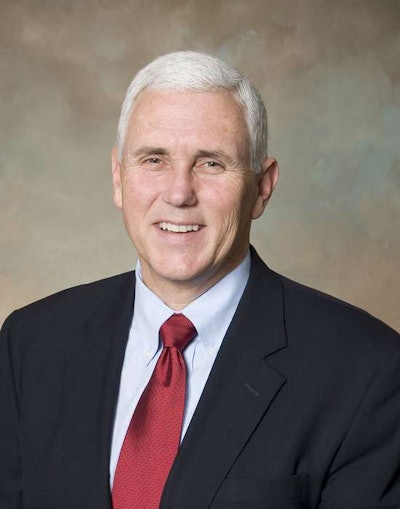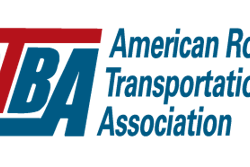 Gov. Mike Pence
Gov. Mike PenceThe state of Indiana spends $100 million each year on on vocational education in its high schools. However, only a few thousand of the students that take advantage of this training leave high school with approved credentials or a certificate showing they have received job training, reports the Logansport, Indiana newspaper Pharos-Tribune.
And, of the the 100,000 students who take an initial vocational education class each year, only about 10,000 take a second class or go on to graduate with a concentration in vocational education. Gov. Mike Pence wants to change that.
“The reality is that career and technical education in Indiana is very good in some places and non-existent in others,” Pence told the paper. “My goal is to make career and vocational education a priority in every high school.”
To accomplish his goal Pence has created a series of regional career councils, the Pharos-Tribune reports. The councils are made up of educators and local business leaders who are in the process of reevaluating the current state of vocational education courses offered in Indiana.
The goal is to give employers more say in what’s taught. That means students in each high school will have the opportunity to learn the skills needed to pursue jobs in their areas specifically.
Pence said he would also like to see a change in the way vocational education is funded. Rather than rewarding schools funding for attracting the more students and offering more classes, Pence wants to reward them based on their performance and how many graduates they create that are credentialed and “job-ready.”
Overhauls and reevaluations like Pence’s are needed across the country. In the past this training has been offered almost as an afterthought with the mindset that if the kids are interested, great, if not, what can you do? But now the U.S. has a skills gap that badly needs closing. Closing it is going to require effort, enthusiasm and a reaching out to students to show them the opportunities and money available in the trades.









